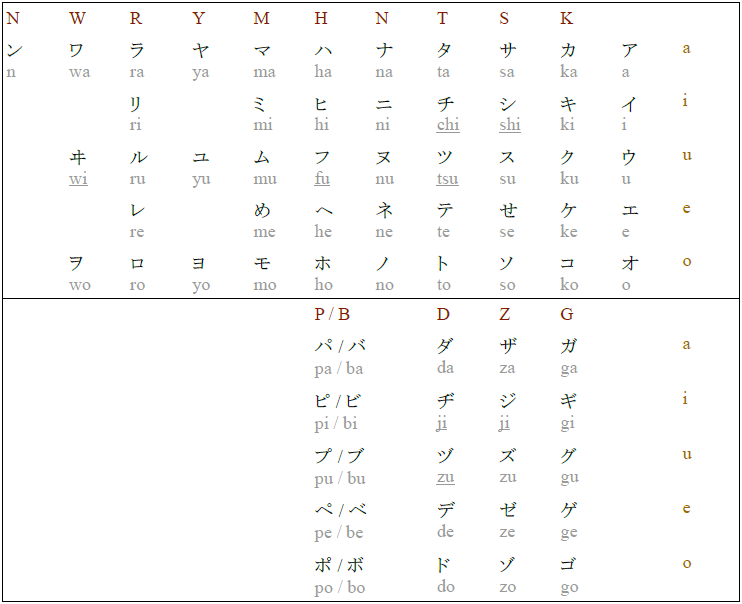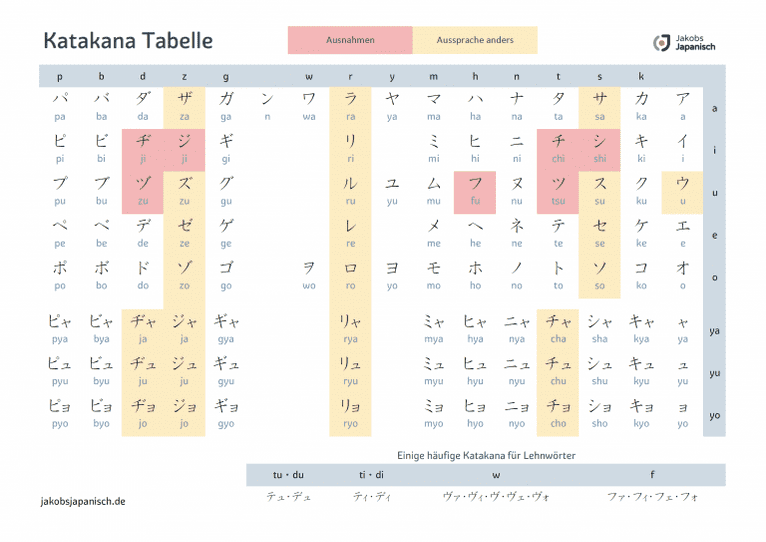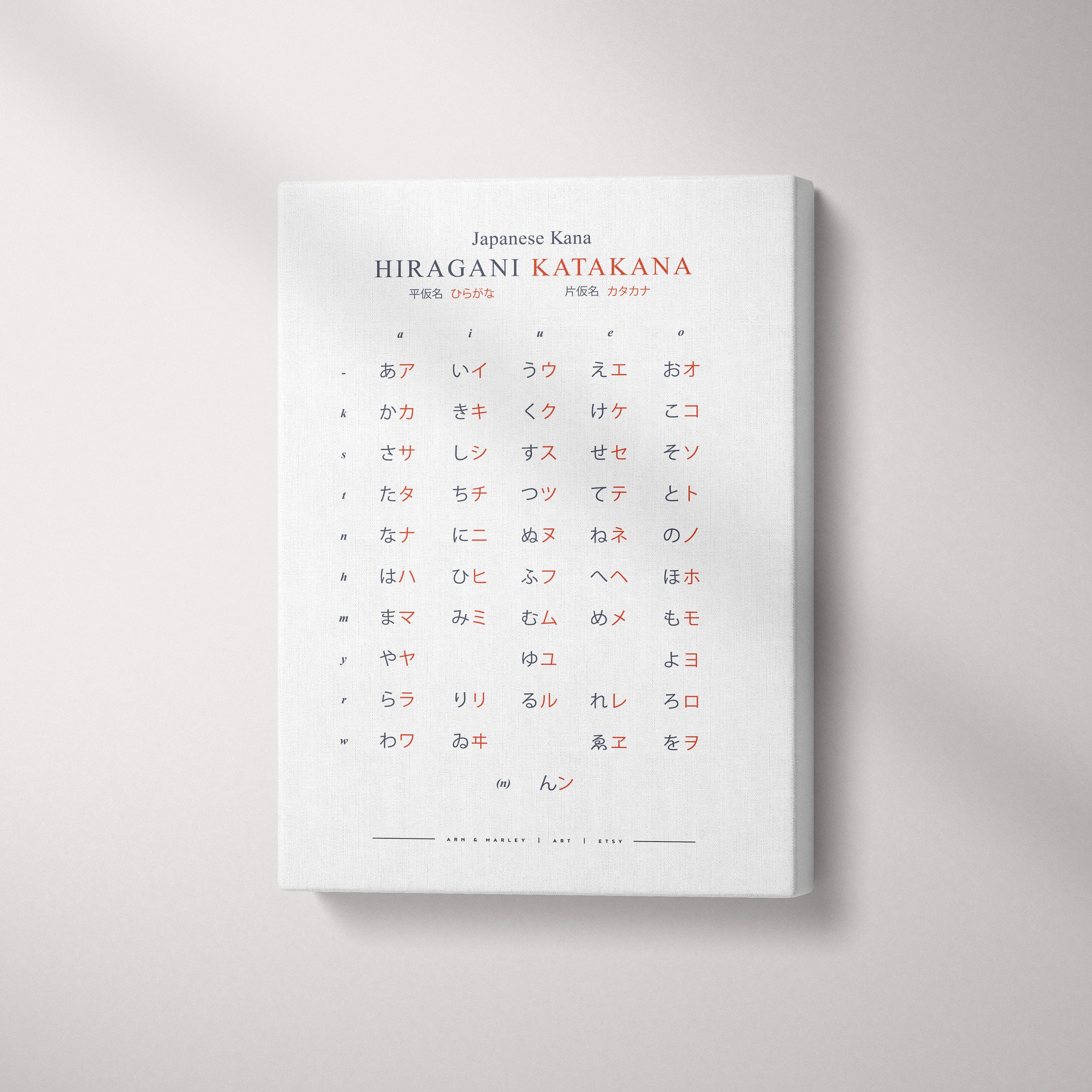Tsu (hiragana: つ, katakana: ツ) is one of the Japanese kana, each of which represents one mora. Both are phonemically /tɯ/, reflected in the Nihon-shiki and Kunrei-shiki Romanization tu, although for phonological reasons, the actual pronunciation is [t͡sɯᵝ] , reflected in the Hepburn romanization tsu.
The small kana っ/ッ, known as sokuon, are identical but somewhat smaller. They are mainly used to indicate consonant gemination and commonly used at the end of lines of dialogue in fictional works as a symbol for a glottal stop.
The dakuten forms づ, ヅ, usually pronounced the same as the dakuten forms of the su kana in most dialects (see yotsugana), are uncommon. They are primarily used for indicating a voiced consonant in the middle of a compound word (see rendaku), and they can never begin a word.
In the Ainu language, it can be written with a handakuten (which can be entered into a computer as either one character (ツ゚) or two combined characters (ツ゜) to represent the sound [tu͍], which is interchangeable with the katakana ト゚.
The katakana form has become popular as an emoticon in the Western world due to its resemblance to a smiling face and as part of a "shrug" emoticon, known alternatively as Shruggie, rendered as: ¯\_(ツ)_/¯ .
- ヅァ (dza), ヅェ (dze) and ヅォ (dzo) are used in gairaigos; these pronunciations are not same as ズァ (zwa), ズェ (zwe) and ズォ (zwo).
Stroke order
Other communicative representations
- Full Braille representation
- Computer encodings
See also
- Sokuon
- Dakuten and Handakuten
- Kanji
- Chōonpu
References




